Project Correl is a collaborative experiment in multi-presence virtual reality (VR) illustrating the development of complex assemblies inside virtual space. A shared, digital extension to our physical reality that proposes a dynamic new relationship between human creators and machine logic. Powered by Unreal Engine, Project Correl demonstrates the possibilities of emerging immersive technology in architecture.
Founded in 2014, Zaha Hadid Virtual Reality Group (ZHVR) is working to shape immersive VR technology for architectural design, including real-time modelling and visualisation tools. Partnering with leaders in the development of immersive software and hardware technologies: Unreal Studio, HP Virtual Reality Solutions, NVIDIA and HTC VIVE, ZHVR combined room scale tracking with high powered graphics capabilities to develop Project Correl for Zaha Hadid Architects ‘Design As Second Nature’ exhibition at the University Contemporary Art Museum (MUAC) in Mexico City.
Project Correl invites visitors to the exhibition to collaborate in real-time, experiencing scale and digitally augmented design to collectively build a virtual structure that will grow over the coming months. Progressive iterations of this digital structure will be captured and exhibited in the gallery as scaled 3D-printed models. Visitors will be immersed in the virtual environment with up to three others at the same time, moving freely in digital space to select, scale and place components according to their preference and a dynamic set of rules assigned to act depending on the chosen scale of the component.
“This is possible thanks to Unreal Studio, the free real-time technology that helps architects visualize our most creative ideas,” explains Helmut Kinzler, head of ZHVR. While the virtual construction components and the guiding principles informing the placement algorithms have been designed by Zaha Hadid Architects, the scale of the components and their position of placement is entirely up to the visitor. Individually placed components will soon disappear from the VR space unless they are connected with others to form a cluster.
The more components connected together within any cluster, the longer it will exist in the VR space. Every cluster or component connected directly to the primary structure within the virtual space will remain as a permanent element of the design. The emerging virtual structure created from the accumulated placement of components acts as a collective memory and is defined by principles that echo systems of growth evident in the natural world, an on-going sector of research by Zaha Hadid Architects.
Project Correl presents visitors to Zaha Hadid Architects ‘Design As Second Nature’ exhibition at MUAC with a real-time VR experience demonstrating the remarkable possibilities immersive technologies will offer architects to collaborate and design in augmented reality. The ‘Design As Second Nature’ exhibition at MUAC, Mexico City explores Zaha Hadid Architects’ methodology and creative process, showcasing the studio’s 40 years of experimentation into new design and construction techniques as well their research of material innovations. The exhibition continues until 03 March 2019. Source by Zaha Hadid Architects.

Image © Zaha Hadid Architects 
Image © Zaha Hadid Architects
- Exhibition: MUAC, Mexico
- Architect: Zaha Hadid Architects
- ZHVR Group: Helmut Kinzler, Risa Tadauchi, Jose Pareja Gomez, Daria Zolotareva, Harry Varnavas
- In Partnership with: Unreal Studio, HP Virtual Reality Solutions, NVIDIA and HTC VIVE
- Special thanks to: Marien El Alaoui, Ken Pimentel, Simon Jones, Victoria Chang, Raymond Pao, Kurt Weng, Gregory Jones, Scott Rawlings, Linda Crawley, Aleksandra Mnich, Manon Janssens, Henry Virgin, Margarita Valova, Katherine Hayles
- Photographs: Julien Loalo, Courtesy of Zaha Hadid Architects
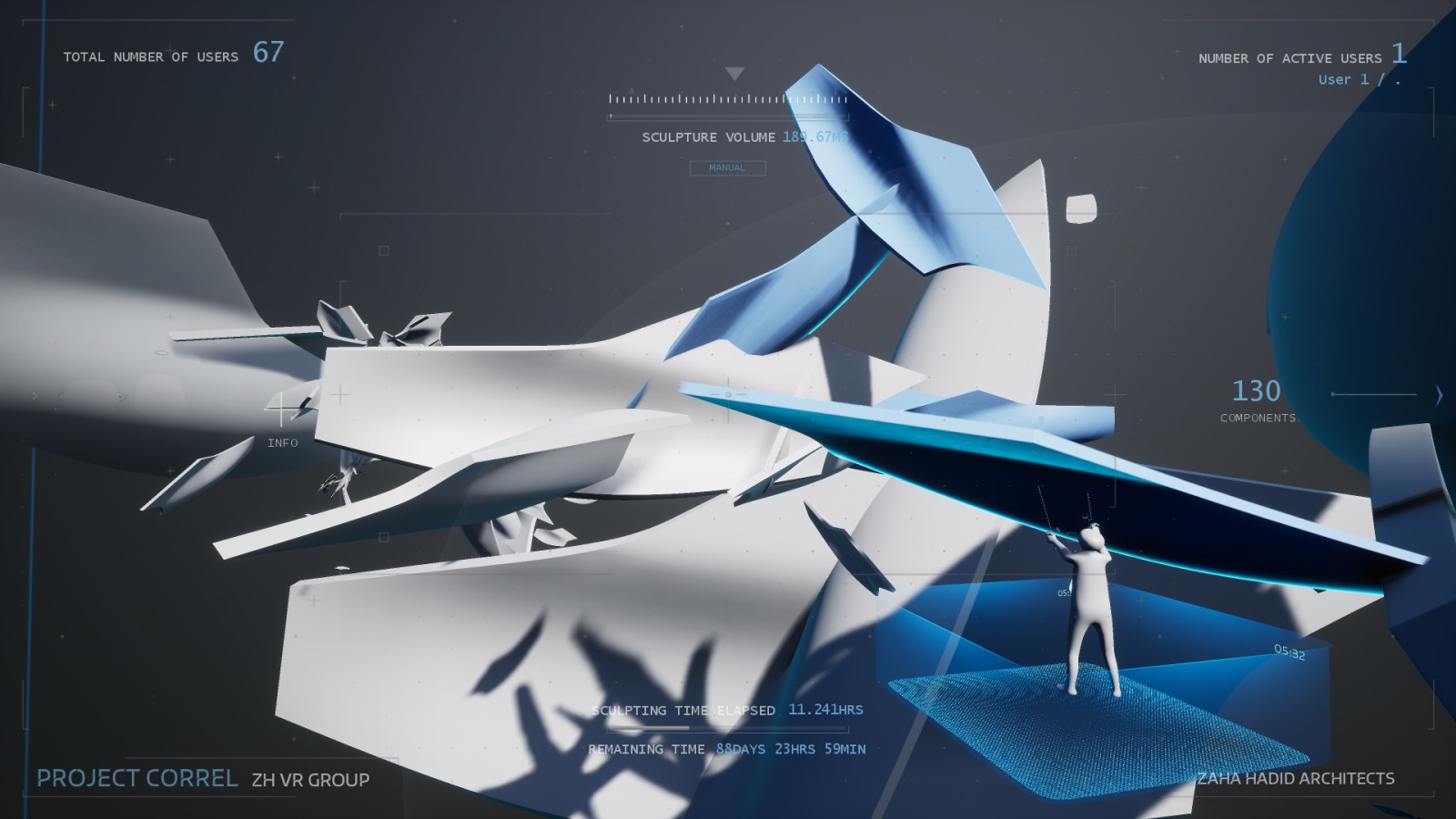
Image © Zaha Hadid Architects 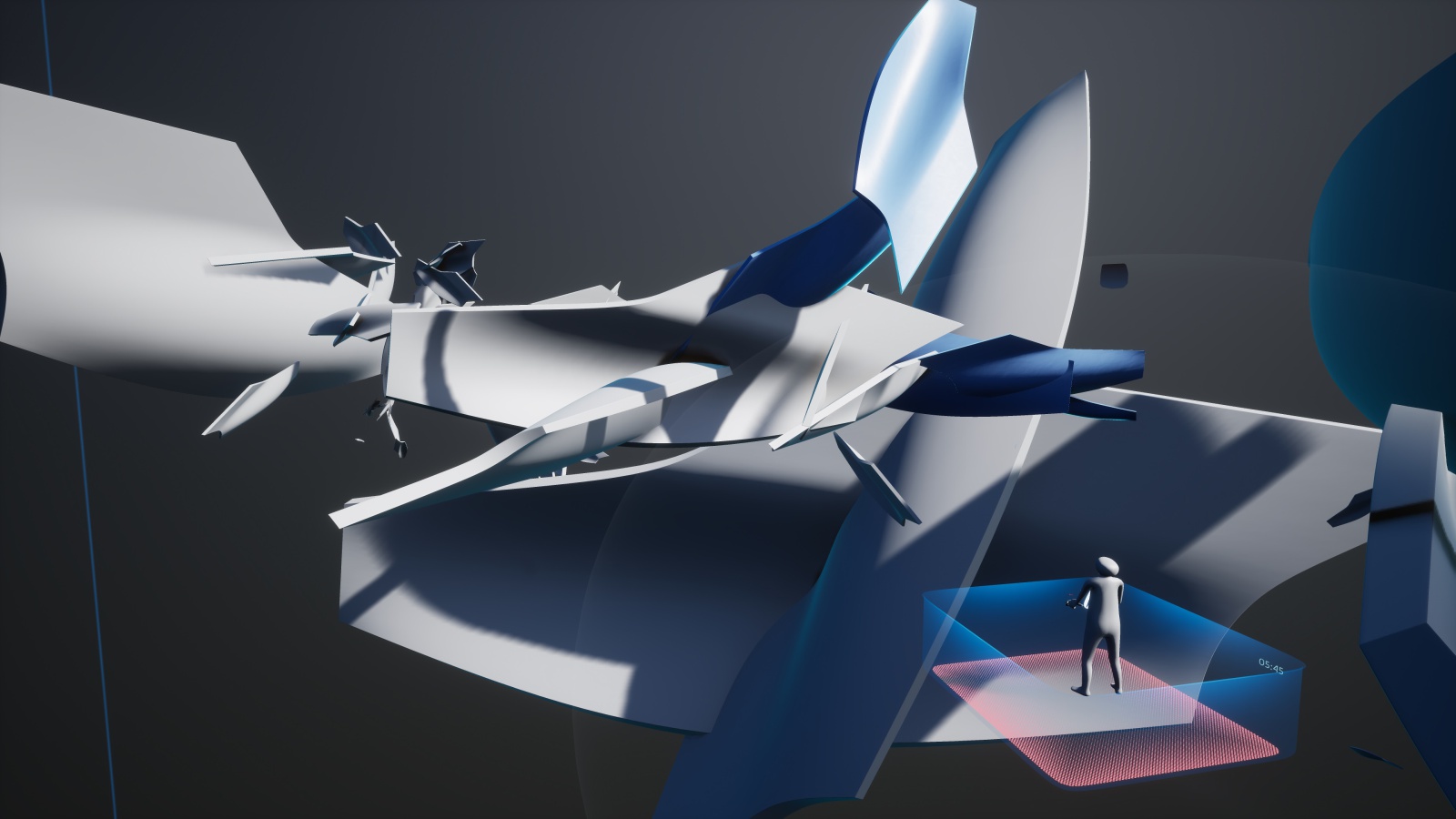
Image © Zaha Hadid Architects 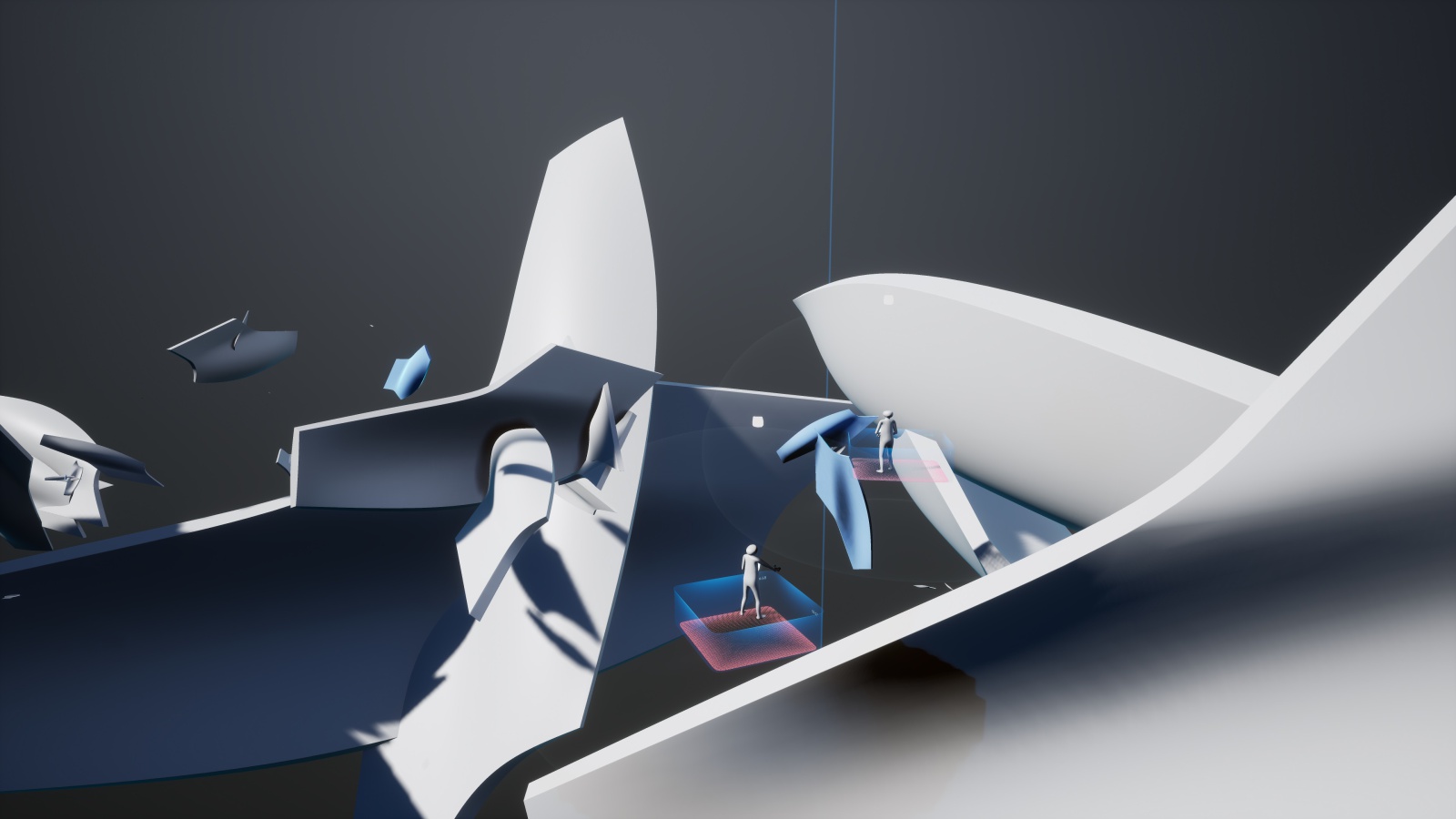
Image © Zaha Hadid Architects 
Image © Zaha Hadid Architects 
Image © Zaha Hadid Architects 
Image © Zaha Hadid Architects 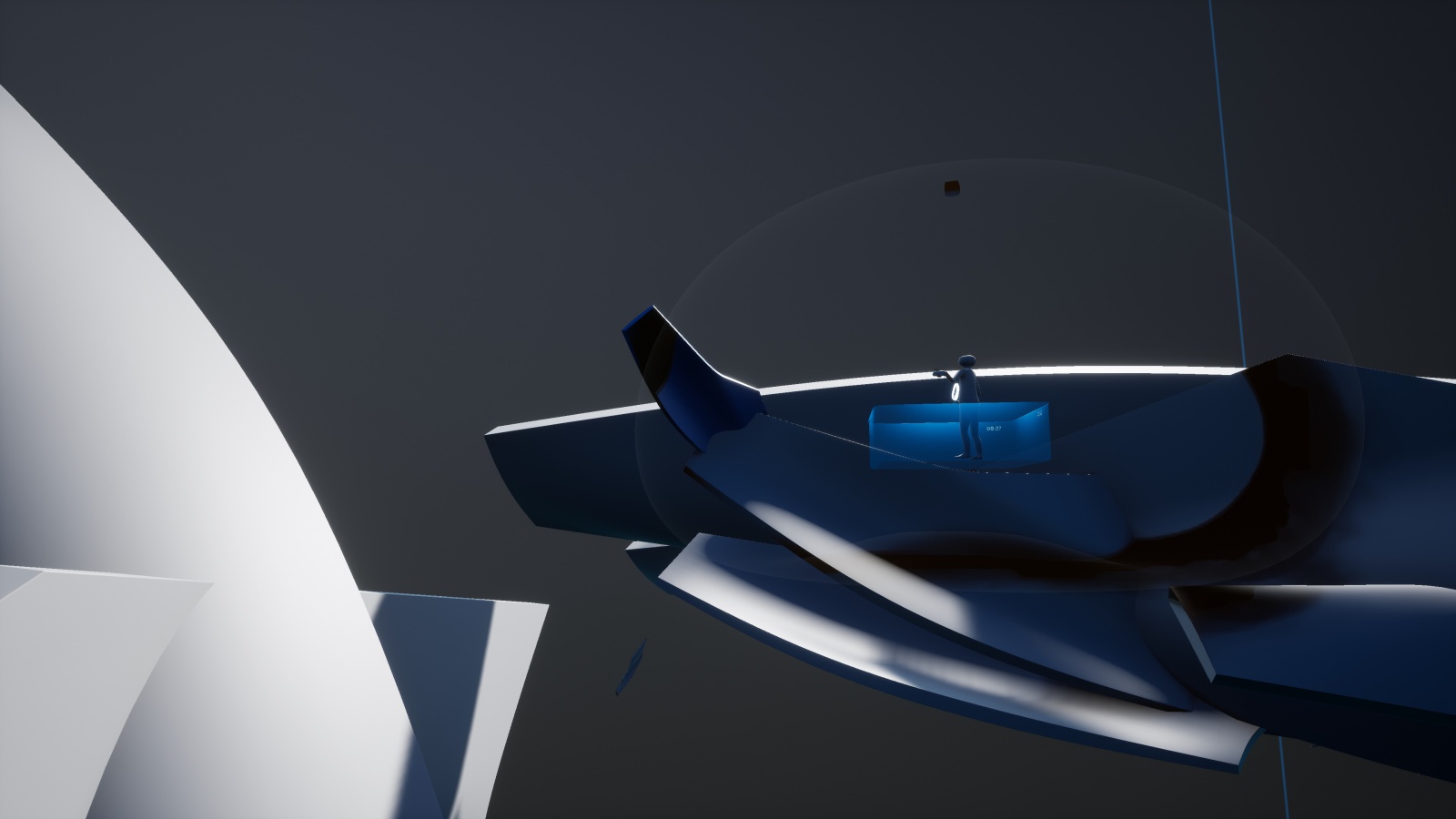
Image © Zaha Hadid Architects 
Design As Second Nature’ exhibition at MUAC – Photo © Julien Loalo 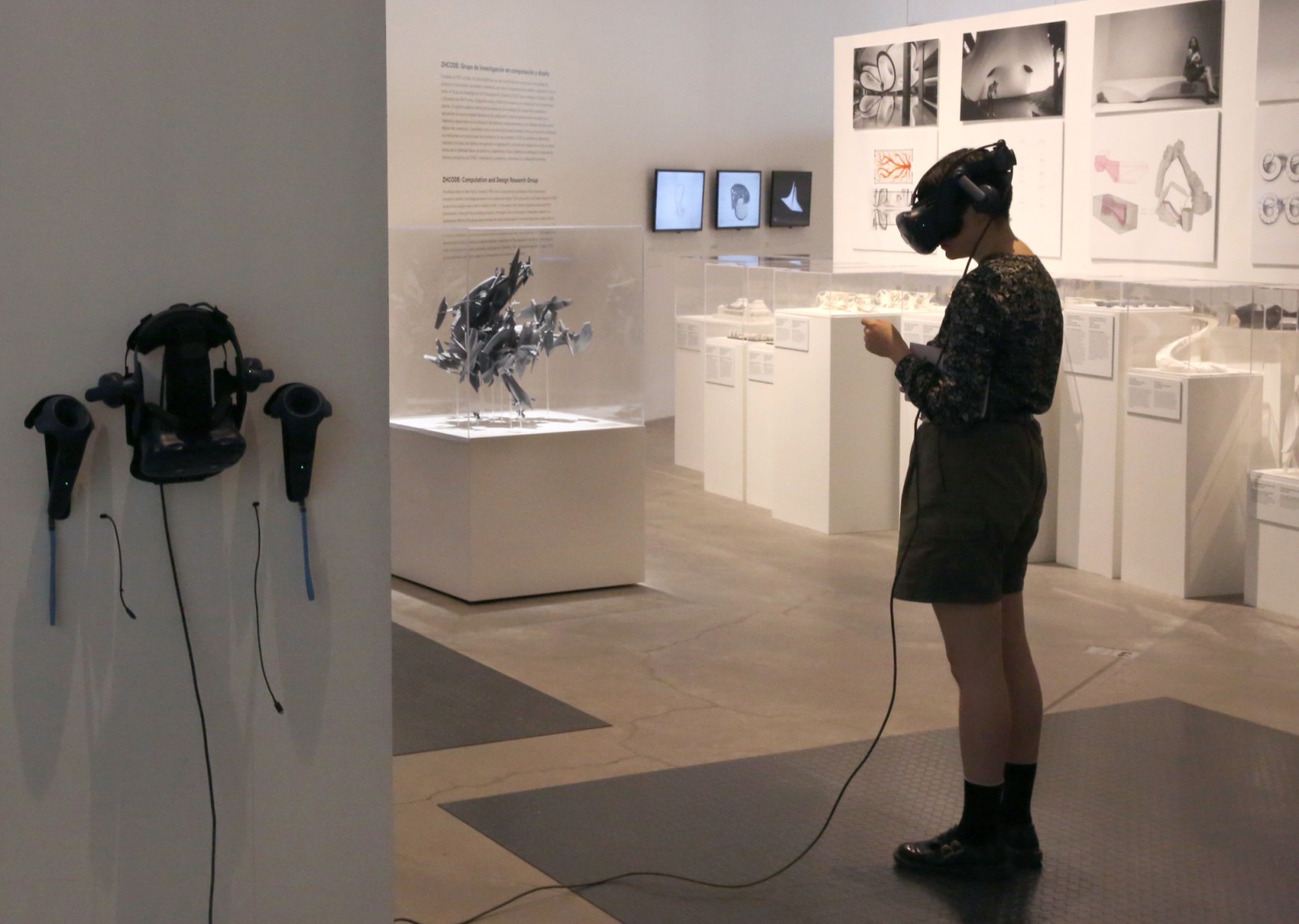
Design As Second Nature’ exhibition at MUAC – Photo © Julien Loalo

